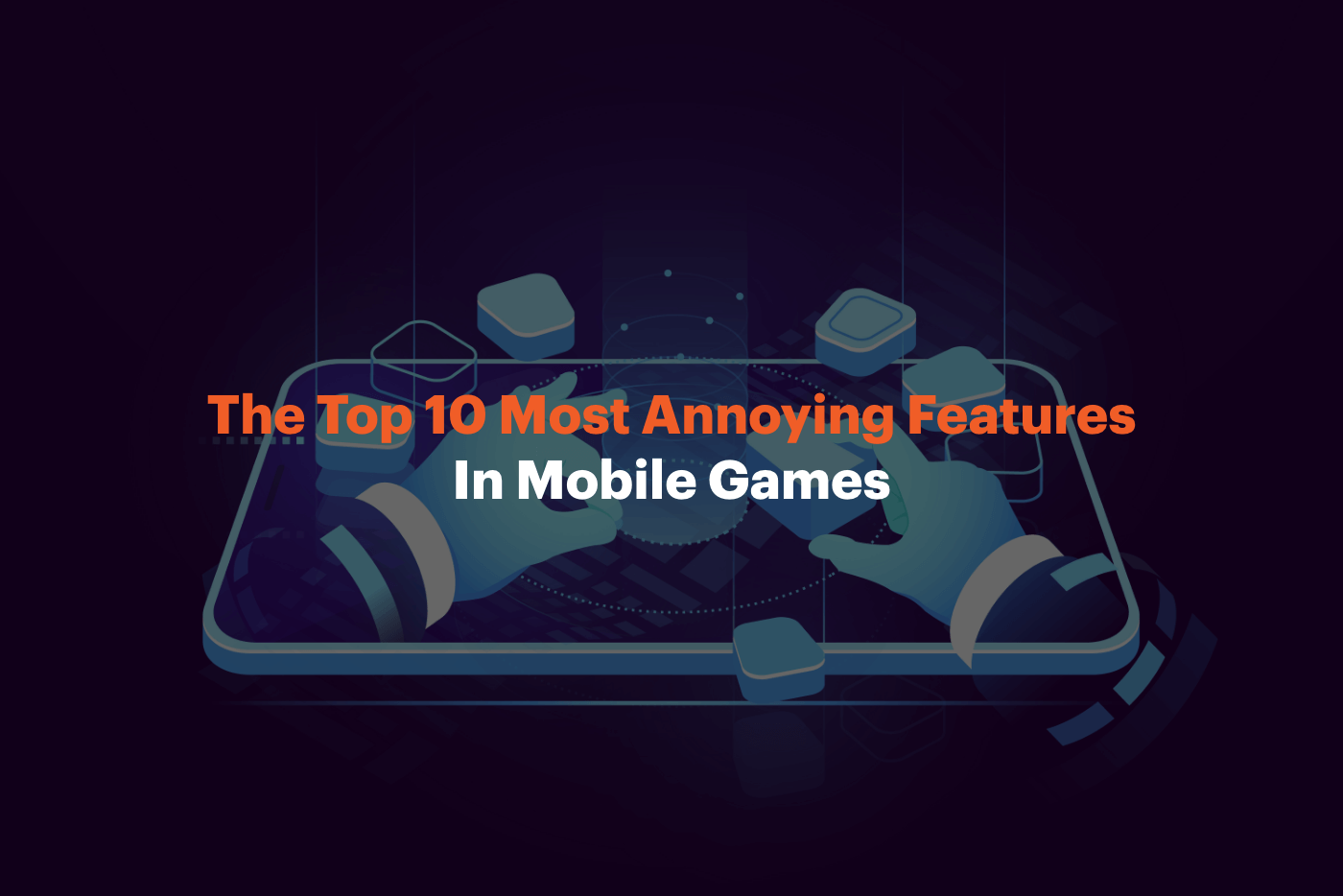Contact Us
If you have made it this far, you are here with a reason. You need our help! We are super friendly and genuinely care to help you succeed.
Enquire today to receive a FREE consultation with an App Guru.
Get in Touch
info [at] appgurus.com.au
There are a lot of mobile games out there these days, but finding the good ones takes some work. It’s not that developers aren’t crafting terrific games. Instead, it’s that so many of these games include irritating features that make them a chore to play—or render them unplayable altogether. If you have an awesome idea for a mobile game and are thinking about hiring a developer to make it happen, here are ten player-hated features you should avoid.
1. Pay to Play
“You have used up your play crystals for the day. You can wait tomorrow for 2 free crystals or you can buy 20 for $1”
Games with ‘pay to play’ models let you play just long enough to get hooked. Then they let the other shoe drop. Essentially, these games have ‘turn-based’ systems that give you a certain number of daily turns and then try to get you to pay to keep playing when your allotment runs out.
2. In-App Purchases
“You have hit level 15. Unfortunately you require a health pack to make it through the level. You can earn enough points to buy one by finishing the first 14 levels 20 times or buy 10 for $1.”
Mobile game developers know they’ll get more downloads if they make a game free rather than charging $0.99. So, instead of charging for the game, they saddle their games with impossible difficulty curves that make it impossible to finish the game without in-app purchases.
3. Mid-Game Ads
“Want to start that next round of 2048? Gotta watch the 14 second ad! “
You’re right in the middle of an action-packed game, and suddenly you’re watching an ad. Game monetization is important for the livelihood of developers, but it also takes you out of the game’s world and kills your groove.
4. Free Points To Share The Game On Social Media
“Get 20 crystals for $1 or get 10 for sharing the game on Facebook.”
No one likes the person on Facebook who keeps sending everyone notifications about a mobile game they don’t even play. Some games, though, encourage this behavior, offering players free points to share the game on social media.
5. Retro Graphics
“8-bit poker anyone?”
Sometimes, it can be fun to have a game that acts as a throwback to the days of classic consoles or arcades. However, many developers have started using retro graphics out of pure laziness. As a rule, if your game isn’t part of a retro title, then your players deserve modern graphics.
6. Time-Based Check-Ins
“You have started building your new city hall. Check in again in 5 hours or skip for 2 crystals.”
The alternative to in-app purchases is typically a mandatory wait time. You need to wait for your character to accomplish certain things, or for an event to take place. Since your phone has a clock, you can leave the game and get notified when it’s time to play again. This kind of feature gives the game permission to interrupt your life with constant check-in notifications.
7. Loot Boxes
“We just want you to feel a sense of pride and accomplishment.”
A twist on the in-game purchases trend, loot boxes promise players a random selection of items—but only if they pay to buy the box or the keys that open it. Loot boxes started as a form of monetization, but they sometimes show up in full-priced games—a tactic players hate. They are also regulated by gambling law in Australia and several other countries.
8. Poor Control Interfaces
“What do you mean I have to take screen resolution into account when I design this?”
Look, your phone or tablet was not explicitly designed to play games. Developers have had to work with the limited capabilities of touchscreens to create control interfaces for their games. For simpler games, there isn’t much of a problem. As games get more involved, though, developers struggle to develop controls that work on a smartphone or tablet. Simply put, a console-level game is never going to work on a mobile platform, just because the controls aren’t sophisticated enough. That doesn’t mean developers won’t try, though, which has led to some frustrating games.
9. Egregious Similarities To Other Games
“Aaaaaaaannnd it’s Minecraft again….”
In part because of the limited controls of mobile devices, many developers copy popular, pre-existing games rather than try something original. So, while you might think you’re downloading a brand-new game, it could have the same mechanics and strategy as a game you’ve already played (and grown bored with), just in a new visual package.
10. Awful Background Music
“What? You want to listen to spotify while you play??? We paid our free-lancer $14 for this track. You are going to listen to it and you will like it!”
A good game soundtrack can help with world-building, vibe, and overall player investment. A bad one can make the game unplayable, especially if there is no option to turn off the sound. Modern developers should hold themselves to a higher standard for game music, while also always providing an option to turn it down or switch it off. Need help building your next mobile game (and avoiding these common pitfalls)? Call App Gurus today!


